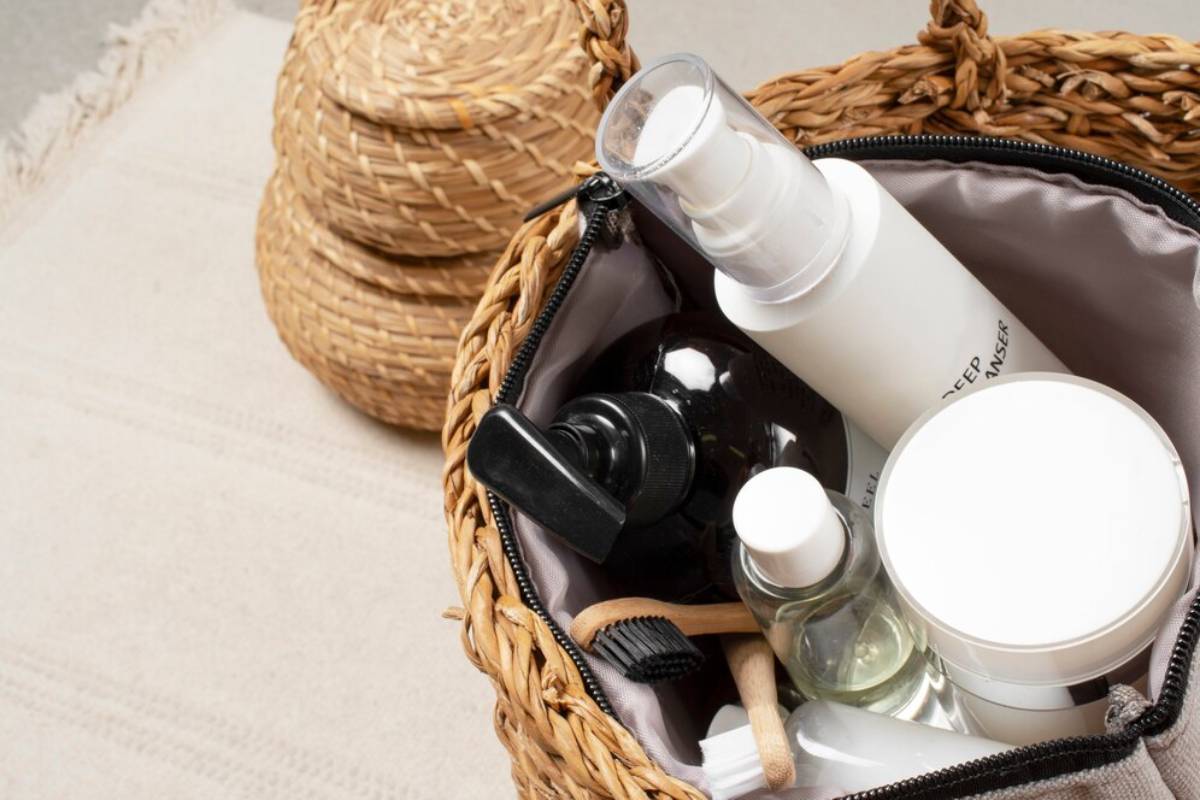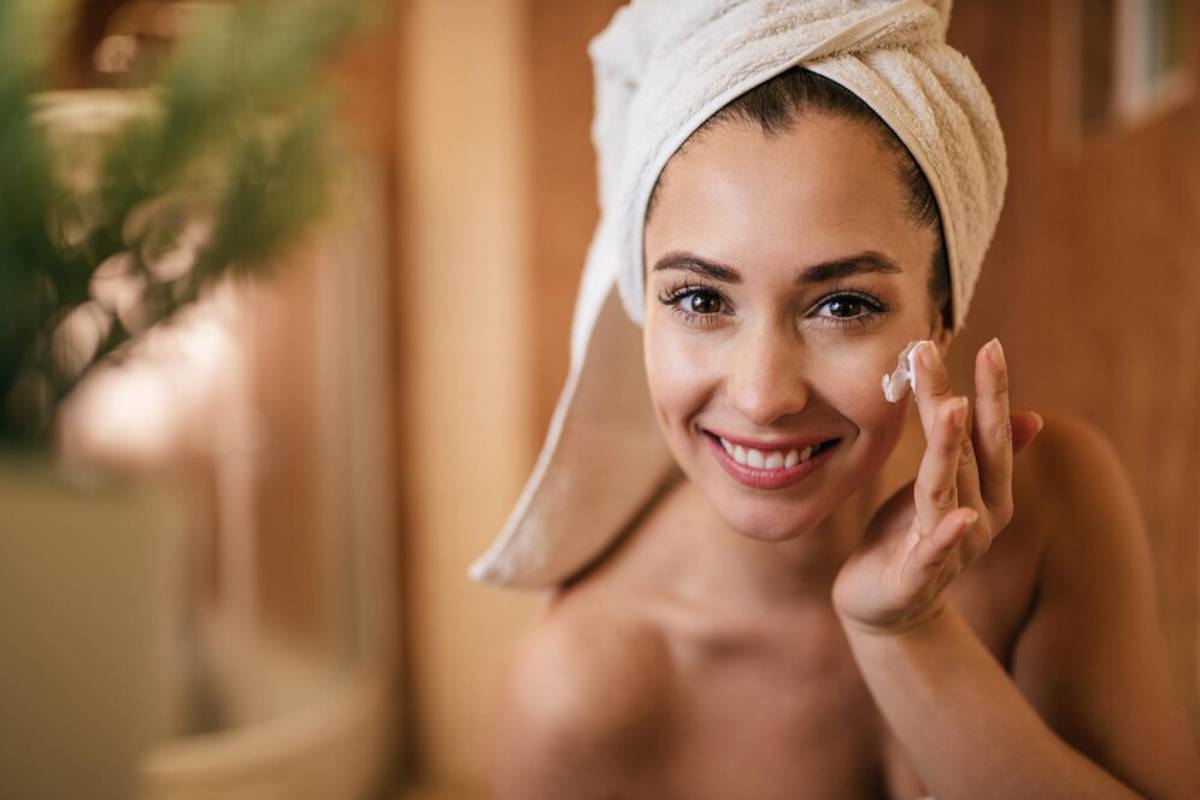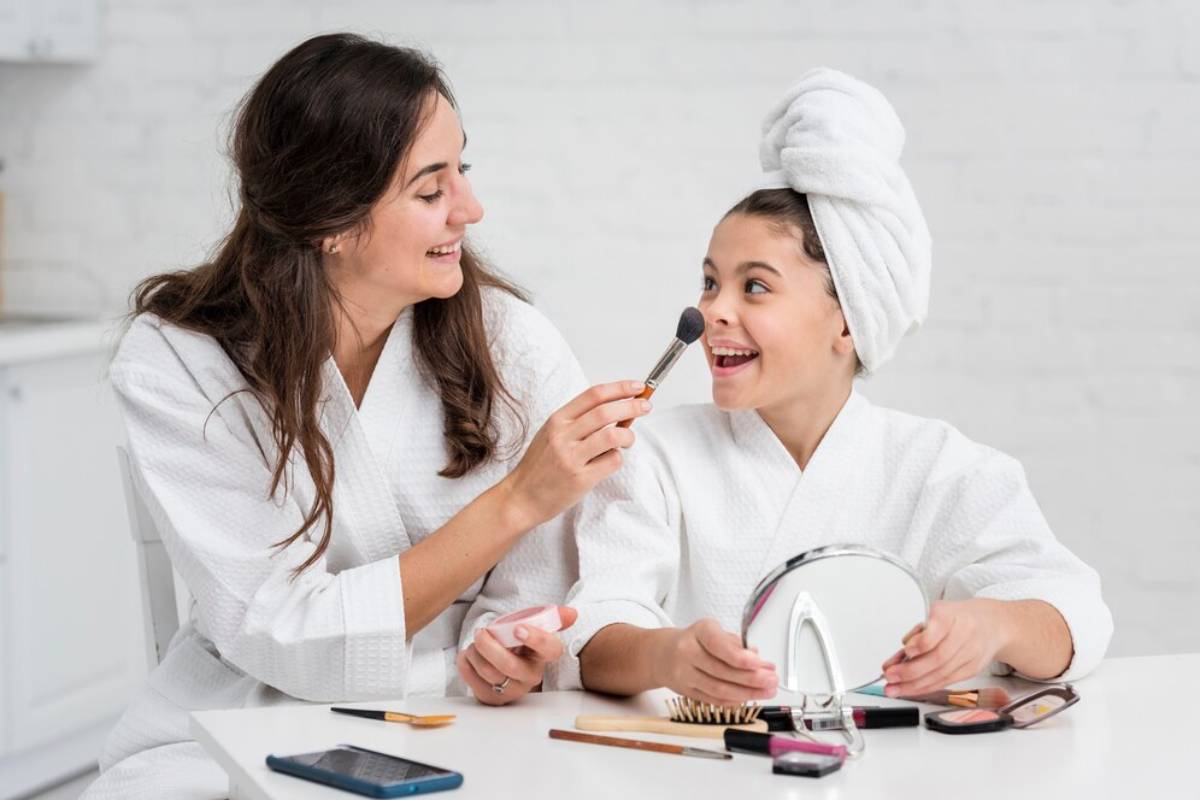
Professional Treatments vs. At-Home Skincare
In today’s beauty-conscious world, the options for improving your skin are endless. With options like multi-step home skincare routines and high-tech treatments at clinics and spas, many wonder: which path is best for me?
The truth is, there’s no one-size-fits-all answer. Both professional and at-home solutions are useful. The best results often come from combining them thoughtfully. Understanding the strengths and weaknesses of each option can help you make a better choice for your skincare plan.
This article looks at the main differences between professional treatments and home care. It also discusses when to see a dermatologist. We’ll help you create a skincare routine that fits your goals, budget, and lifestyle.
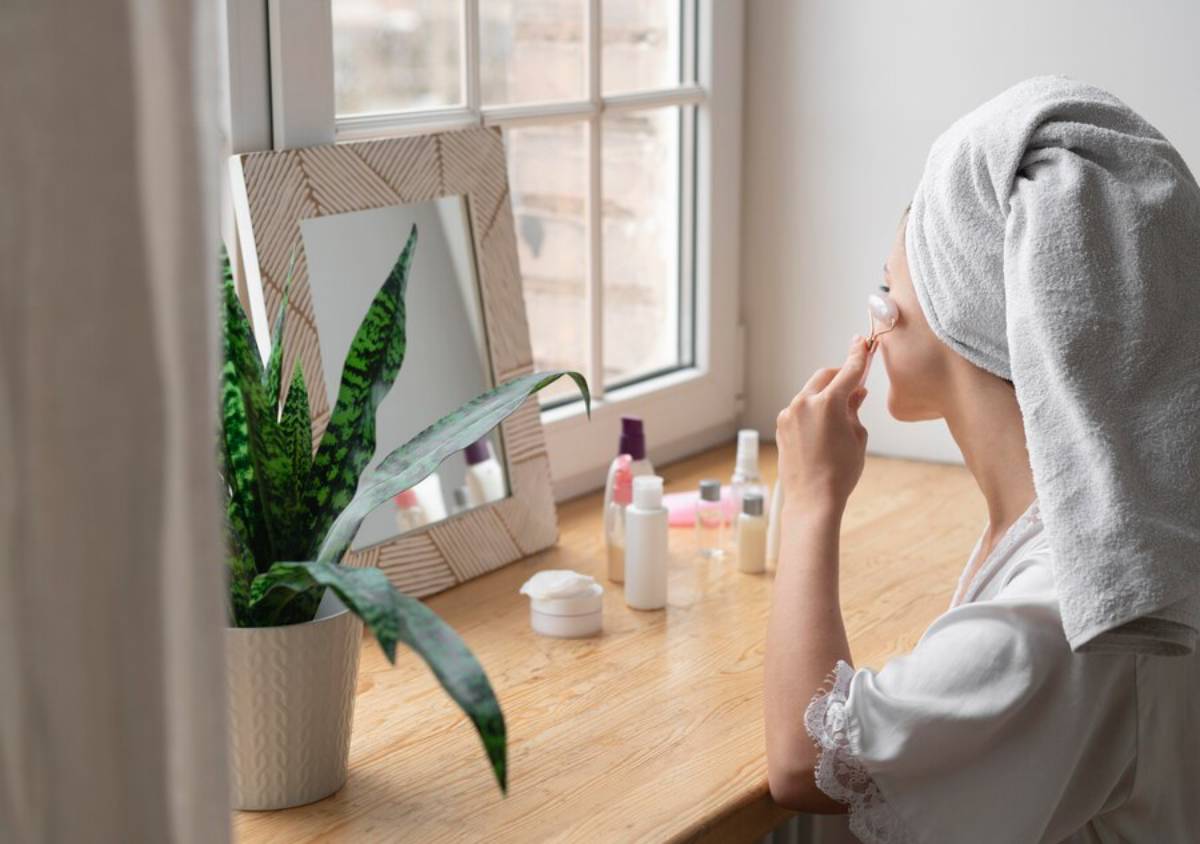
Understanding At-Home Skincare
Home skincare means the products and methods you use every day to keep your skin healthy and looking good. These may include:
- Cleansers, exfoliants, serums, and moisturisers
- Over-the-counter acne treatments and retinoids
- DIY masks or gadgets (like LED masks, dermarollers, or facial steamers)
Pros:
- Convenient: Can be done any time, anywhere.
- Cost-effective: More affordable than most clinical treatments.
- Consistent care: Daily application helps maintain results.
- Customisable: Products tailored to specific concerns and preferences.
Cons:
- Limited penetration: Many active ingredients in over-the-counter products don’t get to the deeper layers of the skin.
- Slower results: Improvements can take weeks or months to show.
- User error: Misuse of strong actives (like acids or retinol) can lead to irritation or damage.
Tip: For long-term skin health, a solid daily routine is your first line of defence.
Professional Skincare Treatments Explained
Professional skincare treatments include advanced procedures performed by licensed dermatologists, aestheticians, or cosmetic practitioners. These are targeted treatments that aim for deeper, quicker, or more intense results.
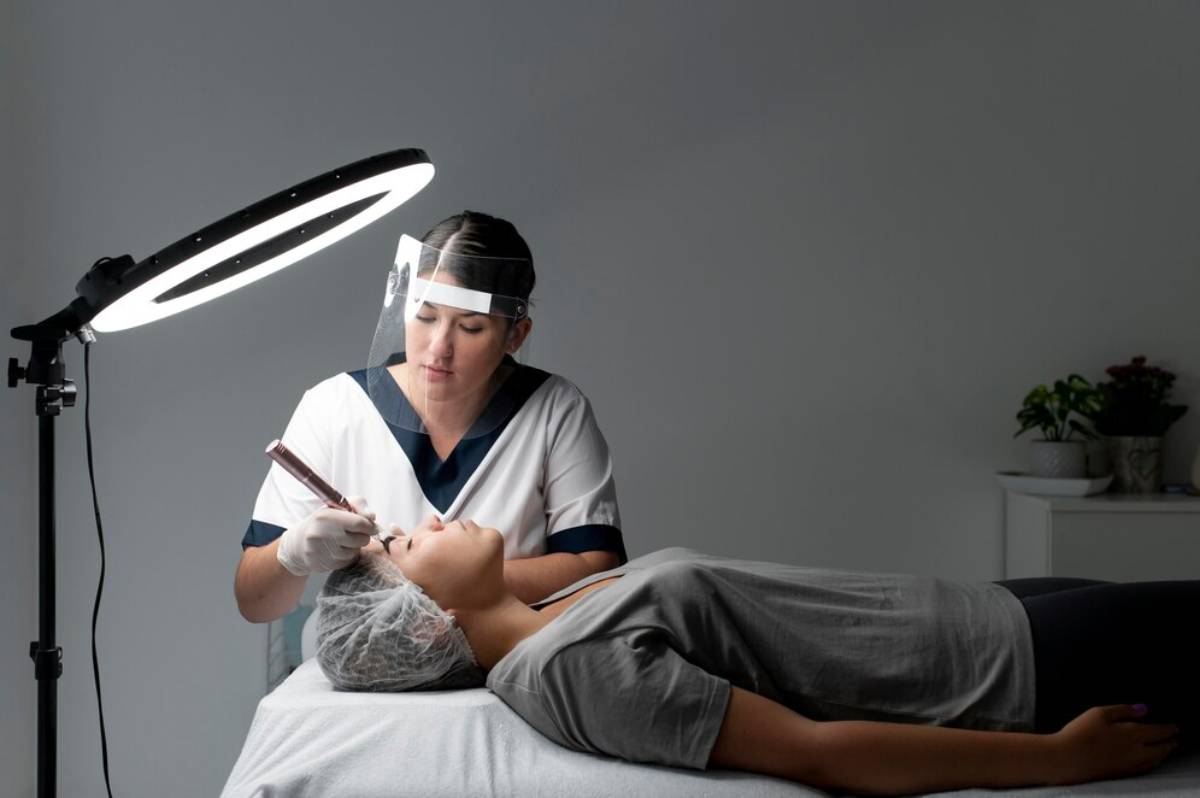
Common Treatments:
- Chemical Peels
- Microdermabrasion and Microneedling
- Laser Treatments (e.g., IPL, Fraxel)
- Injectables (Botox, dermal fillers)
- Medical-grade facials and hydra dermabrasion
- Light Therapy (LED, BBL)
Pros:
- Stronger formulations: Medical-grade products and tools go deeper than those you find at home.
- Expert oversight: Treatments are administered by trained professionals who understand skin physiology.
- Faster results: Most treatments show noticeable improvement within days or weeks.
- Customised care: Personalised plans based on clinical assessment.
Cons:
- Higher cost: Treatments can be expensive, especially when ongoing sessions are required.
- Downtime: Some procedures require recovery periods.
- Not always necessary: Mild skin concerns may not warrant clinical intervention.
When to consider it: For persistent issues like deep acne scars, melasma, or loss of elasticity, professional care can be transformative.
When to Seek Dermatologist Advice
If you’re not sure where to begin or your home routine isn’t working, a dermatologist can help.
Reasons to Consult a Dermatologist:
- Chronic or cystic acne
- Persistent hyperpigmentation or melasma
- Skin sensitivity or frequent irritation
- Sudden changes in skin texture or tone
- Suspected skin conditions (eczema, rosacea, psoriasis)
A board-certified dermatologist can identify hidden issues. They will recommend a mix of treatments and products that have clinical research backing.
Bonus: You may be eligible for prescription-strength ingredients (like tretinoin or hydroquinone) that outperform over-the-counter alternatives.
Key Differences: At-Home vs. Professional Skincare
| Feature | At-Home Skincare | Professional Treatments |
| Cost | Lower | Higher (per session) |
| Convenience | Daily routine at home | Requires booking appointments |
| Results | Gradual and cumulative | Often immediate or fast-acting |
| Potency | Cosmetic-grade | Medical-grade or device-assisted |
| Customisation | Based on self-assessment | Tailored by trained experts |
| Risks | Potential user error | Minimal under professional care |
Combining Both: The Ultimate Skincare Strategy
Many skin professionals suggest that you combine home skincare with occasional clinical treatments. This approach gives the best results.
Example Regimen for Glowing Skin:
- Daily: Cleanser, serum (e.g. vitamin C or hyaluronic acid), moisturiser, SPF
- Weekly: Exfoliation with AHAs or BHAs, hydrating masks
- Quarterly: Professional facial, chemical peel, or LED treatment
- Annually: Laser therapy or micro-needling for anti-ageing or scarring
Skincare tip: After treatment, care at home matters too. Use products that help with healing and maintenance.
Common Skin Concerns and Best Approaches
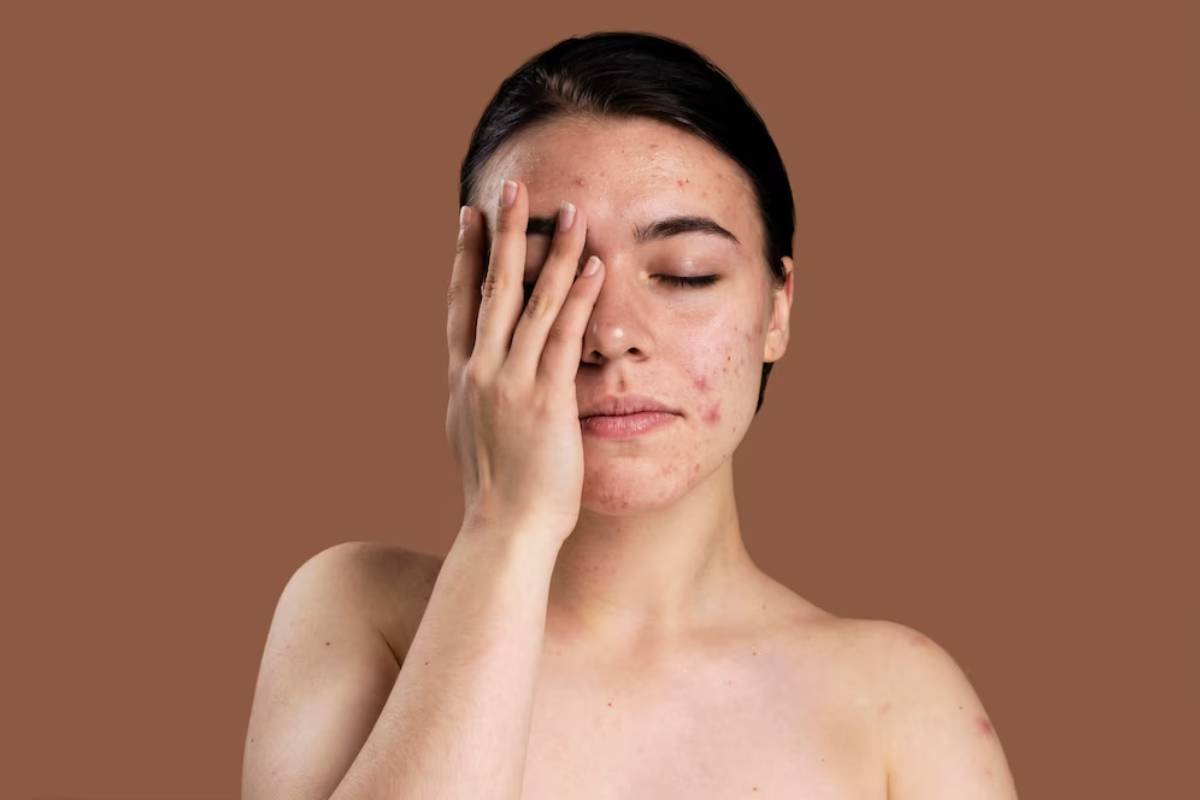
Acne & Congestion
- At home: Salicylic acid, benzoyl peroxide, niacinamide
- Professionally: Chemical peels, blue light therapy, extraction facials
- Dermatologist advice: For cystic acne or scarring, consider prescription retinoids or oral medication.
Hyperpigmentation
- At home: Vitamin C, glycolic acid, azelaic acid
- Professionally: IPL laser, microneedling with serums, chemical peels
- Caution: Overuse of brightening agents without expert guidance can worsen pigmentation.
Ageing & Wrinkles
- At home: Retinol, peptides, antioxidants
- Professionally: Laser resurfacing, injectables, collagen-induction therapy
- Skin maintenance: Daily SPF and hydration prevent premature ageing.
Dehydrated or Dull Skin
- At home: Hyaluronic acid, ceramides, facial oils
- Professionally: Hydrafacial, oxygen infusion therapy
- Lifestyle tip: Increase water intake and reduce caffeine or alcohol consumption.
Myth-Busting: What You Might Be Getting Wrong
“If it’s expensive, it must work.”
Not necessarily. Many good home skincare products are affordable. The key is their formulation and the stability of the ingredients.
“Professional treatments replace the need for daily care.”
Wrong again. Clinical treatments offer a boost, but without consistent at-home maintenance, results may fade.
“You shouldn’t combine active ingredients.”
It depends. Some combinations, like retinol and vitamin C, need careful layering. But with guidance, several actives can work well together.
“Home devices are just as good as professional ones.”
LED masks and microcurrent tools are good for upkeep. However, they usually lack the strength and precision of clinical devices.
Personalise Your Path to Healthy Skin
Skincare isn’t about picking sides. It’s about finding a routine that fits your skin, schedule, and budget. For some, consistent home skincare is all they need. For some people, combining this with regular treatments helps them achieve their best skin ever.
Dermatologist advice is key for tough skin problems. It helps you choose the right clinical treatments that are worth your money. No matter how you go about it, remember this: real results come from daily discipline, smart choices, and treating your skin with care and patience.
Your Skin, Your Strategy
No matter if you’re using a hydrating sheet mask at home or getting your first facial at a clinic, each step is a way to care for yourself. Skincare treatments and home skincare both matter. Finding the right balance can boost your results from good to glowing.
Take action: Check your routine, think about getting professional advice if needed, and make a plan that fits your goals. Because your skin deserves nothing less than the best of both worlds.
